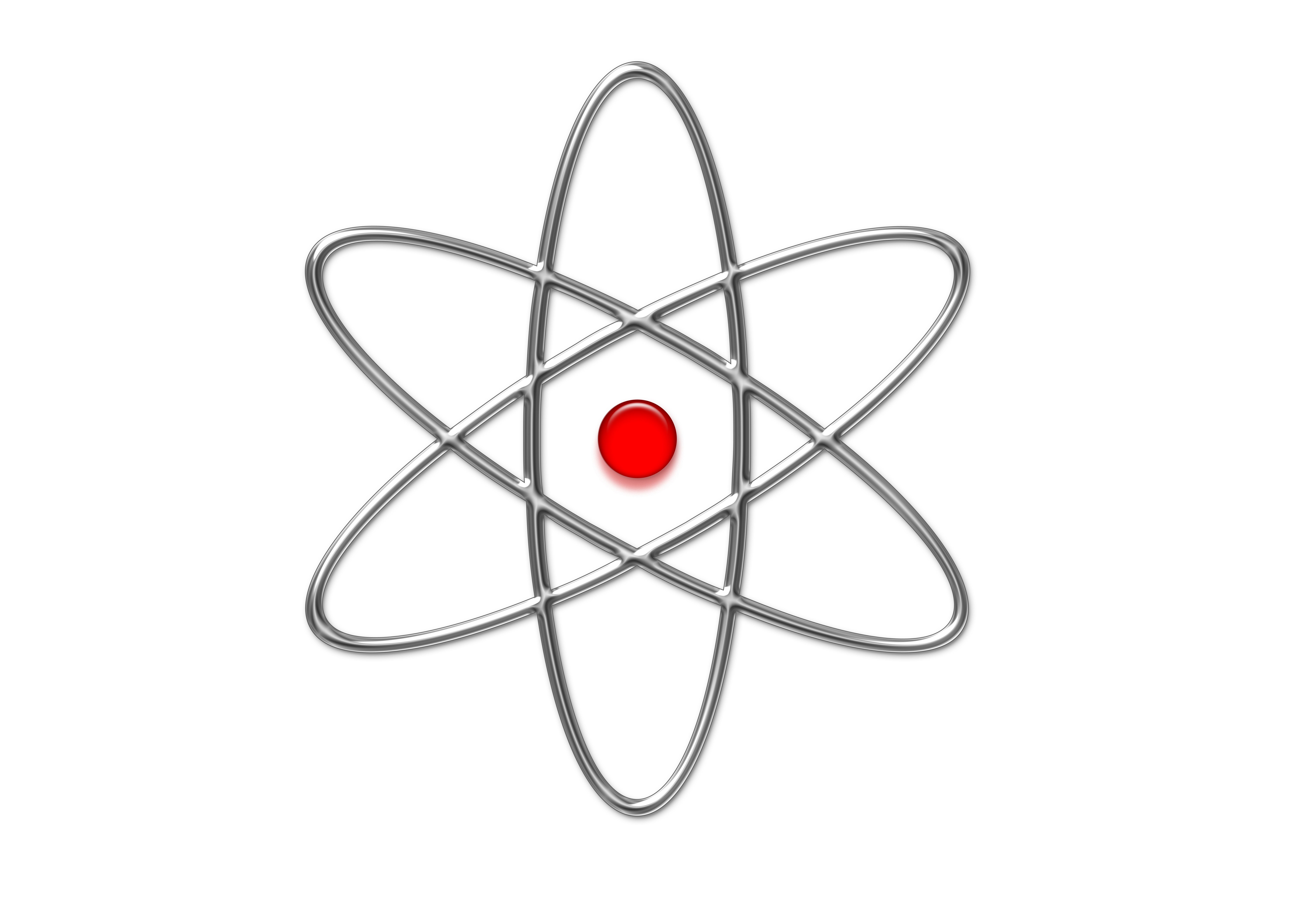New Method Enables Enhanced Separation of Oligosaccharides Using Ion Mobility-Mass Spectrometry (IM–MS)
A novel analytical method combines charge inversion ion-ion reactions with ion mobility–mass spectrometry to enhance the separation and characterization of oligosaccharides.
Recent advancements in ion mobility-based separation techniques have opened up new possibilities for achieving higher resolution in separations, particularly for isomers and isobars. In a groundbreaking study published in the Journal of the American Society for Mass Spectrometry, Ankita B. Gurav and Ian K. Webb from Indiana University─Purdue University Indianapolis present a novel method that combines charge inversion ion–ion reactions with ion mobility–mass spectrometry (IM–MS) to enhance the separation of oligosaccharides (1). Oligosaccharides are important biomolecules due to their diverse roles and functions in various biological processes.
Atomo | Image Credit: © Mc Xas - stock.adobe.com

Charge inversion ion–ion reactions with ion mobility–mass spectrometry (IM–MS) involves the formation of complexes between charged analytes and ions of opposite charge polarity. By inducing charge inversion through these reactions, the mobility properties of the analytes can be altered, leading to enhanced separation and characterization. This technique allows for the discrimination of isomeric species and the identification of subtle structural differences. It offers a powerful tool for studying biomolecules, such as oligosaccharides, and holds great potential for advancements in glycobiology and pharmaceutical research.
The researchers employed various covalent and noncovalent derivatization techniques, along with host–guest complex formation, to magnify minor differences in collision cross section and achieve effective separations. By utilizing this new approach, the team successfully formed complexes between isomeric deprotonated oligosaccharides and alkaline earth metals in solution, as well as alkaline earth metal–trisphenanthroline complexes in vacuo. Through careful analysis, they observed minor shifts in ion mobility arrival times for the charge inversion reaction products, indicating effective separation. Additionally, unique mobility fingerprints were identified, which allowed for the discrimination of α/β anomers of disaccharides.
One of the notable achievements of this study was the successful separation of reducing disaccharides such as lactose and lactulose, as well as nonreducing disaccharides. The method also demonstrated the ability to differentiate isomers based on their pyranose/furanose configurations.
These findings highlight the significant potential of ion/ion reactions in enabling the separation of biomolecules across various compound classes using IM–MS. The development of charge inversion ion/ion reactions coupled to ion mobility separations represents a major step forward in the field of mass spectrometry, offering a powerful tool for enhanced separations and structural characterization of oligosaccharides.
By leveraging this innovative technique, researchers can overcome challenges associated with isomer identification and analysis, thereby enhancing our understanding of complex biological systems and facilitating advancements in fields such as glycobiology and pharmaceutical research. Further exploration of this method's capabilities and its application to other biomolecular systems holds great promise for future scientific advancements.
Reference
(1) Gurav, A. B.; Webb, I. K. Charge Inversion Ion/Ion Reactions Coupled to Ion Mobility/Mass Spectrometry: Oligosaccharides. J. Am. Soc. Mass Spectrom. 2023. DOI: https://doi.org/10.1021/jasms.3c00093
Study Explores Thin-Film Extraction of Biogenic Amines via HPLC-MS/MS
March 27th 2025Scientists from Tabriz University and the University of Tabriz explored cellulose acetate-UiO-66-COOH as an affordable coating sorbent for thin film extraction of biogenic amines from cheese and alcohol-free beverages using HPLC-MS/MS.
Quantifying Microplastics in Meconium Samples Using Pyrolysis–GC-MS
March 26th 2025Using pyrolysis-gas chromatography and mass spectrometry, scientists from Fudan University and the Putuo District Center for Disease Control and Prevention detected and quantified microplastics in newborn stool samples.







